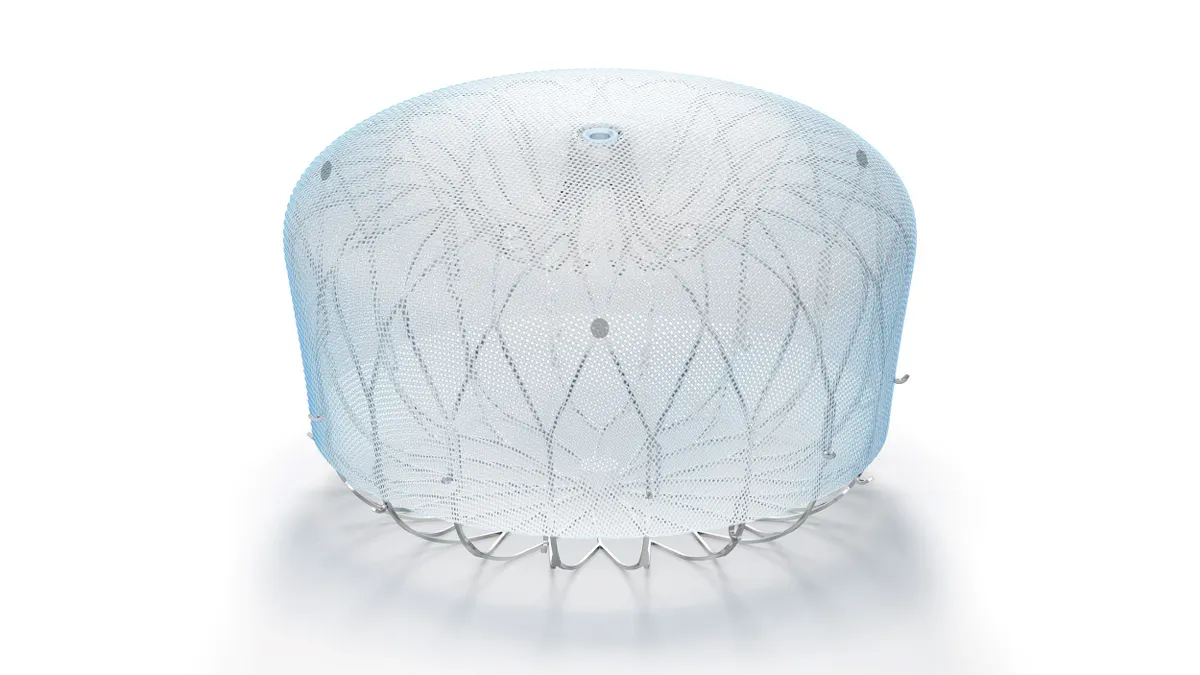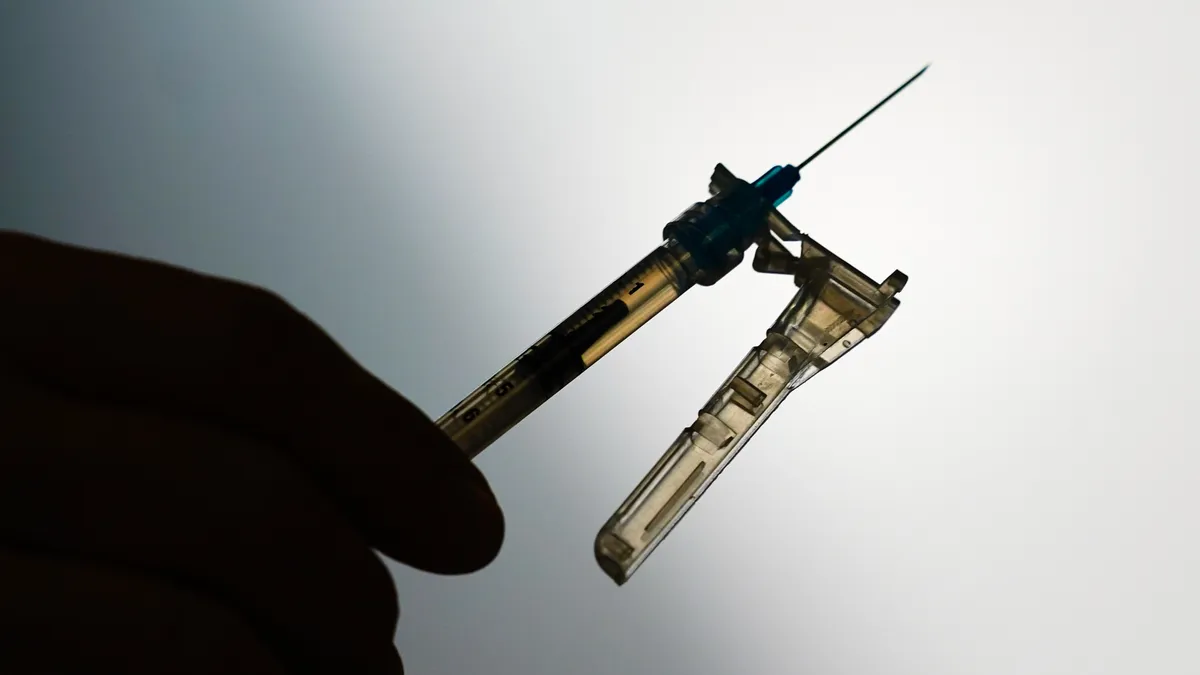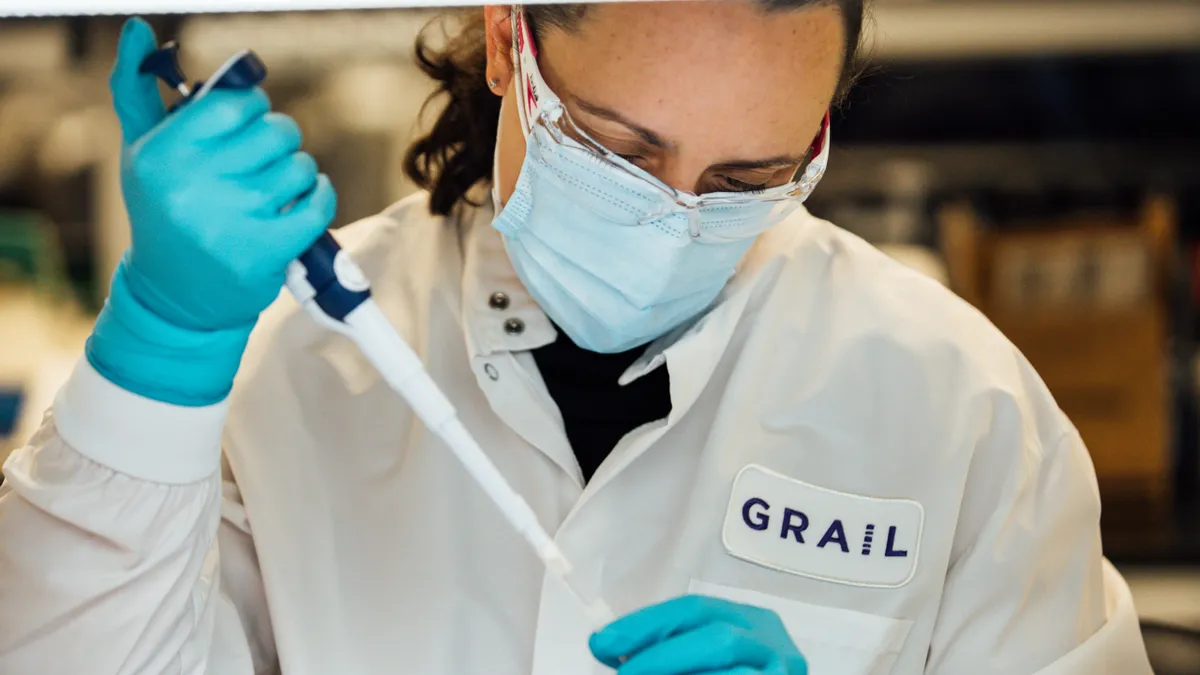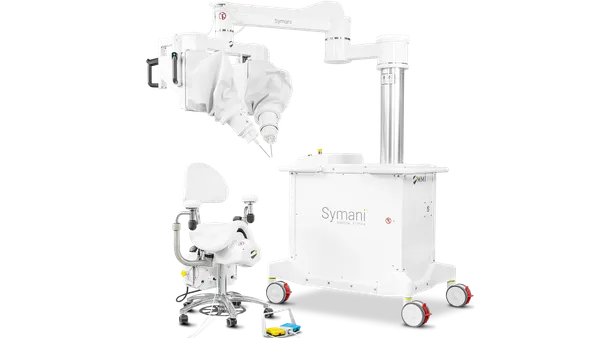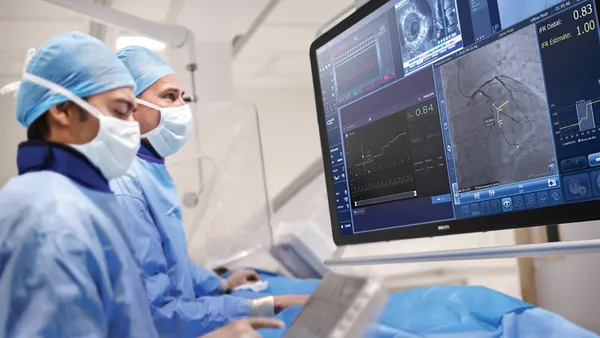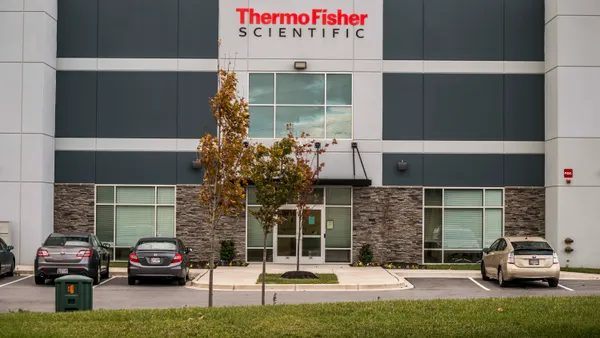Boston Scientific is working on a new version of its Watchman device, company leaders said at a Tuesday investor presentation.
Angelo De Rosa, global president of Boston Scientific’s Watchman business, said the company is working on a version of Watchman that “will provide an answer, stability and unprecedented adaptability to each possible anatomy.”
The company plans to begin enrollment next year for an upcoming U.S. investigational device exemption study, and hopes to launch the device in the second half of 2027 or early 2028.
Watchman is used to reduce the risk of stroke in people with atrial fibrillation by sealing off the left atrial appendage, a small pouch in the heart that can be a source of blood clots. Boston Scientific received Food and Drug Administration approval for its third-generation version of the device, the Watchman FLX Pro, in 2023.
Potential label expansion
Boston Scientific also foresees future growth in its Watchman business from a planned label expansion and concomitant procedures. The company expects the market for its Watchman device, estimated at $2 billion, to grow by 20% annually, De Rosa said.
Currently, Watchman is indicated for people who can tolerate blood thinners for the short term, but not in the long term. Boston Scientific believes that patients who can tolerate long-term anticoagulants can still benefit from having its Watchman device as an option.
The company is running a study, called Champion-AF, that compares the implant to blood thinners over five years. Boston Scientific expects data from the study in the first half of 2026, said Brad Sutton, chief medical officer of AF Solutions.
“Positive results from the trial, along with reimbursement and regional guideline updates, will unlock a significant patient population,” De Rosa said. Watchman currently serves 5 million patients globally, and the company sees the potential to expand indications to cover more than 20 million patients by 2030.
De Rosa said that Watchman is being used more in concomitant procedures, such as patients who undergo an ablation procedure for atrial fibrillation who also get the implant. The company has been working to grow its ablation business through its Farapulse pulsed field ablation system.
Sutton said about a quarter of Watchman cases in the U.S. are done with ablation therapy. More of those cases are being supported by insurance. Last year, the Centers for Medicare and Medicaid Services finalized a proposal to create a new inpatient payment code for left atrial appendage closure and cardiac ablation when both procedures are performed by the same physician during one operation.
Correction: This article’s header image was updated to show Boston Scientific's latest Watchman device.


